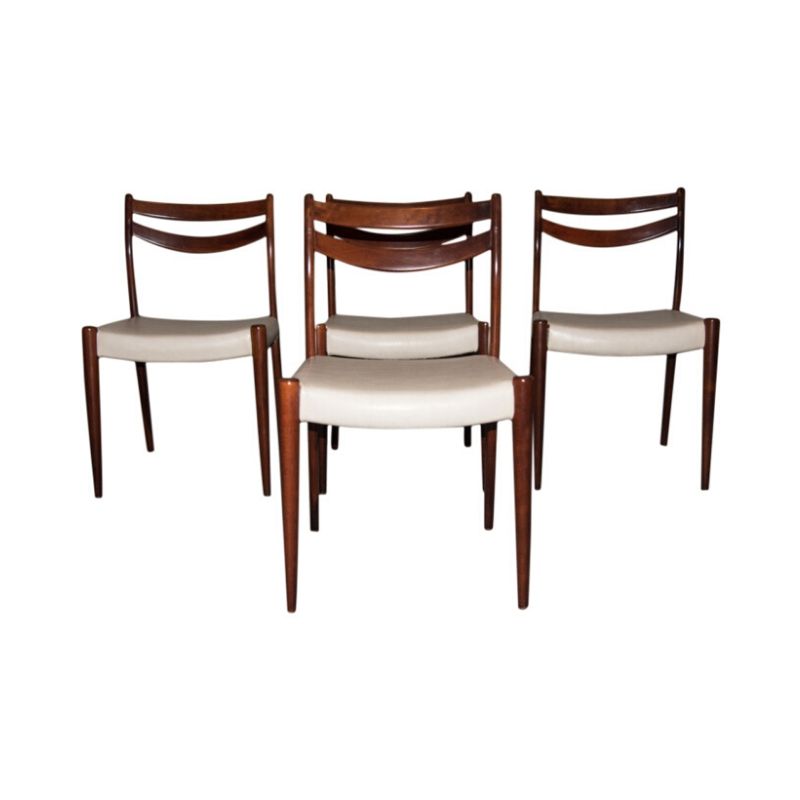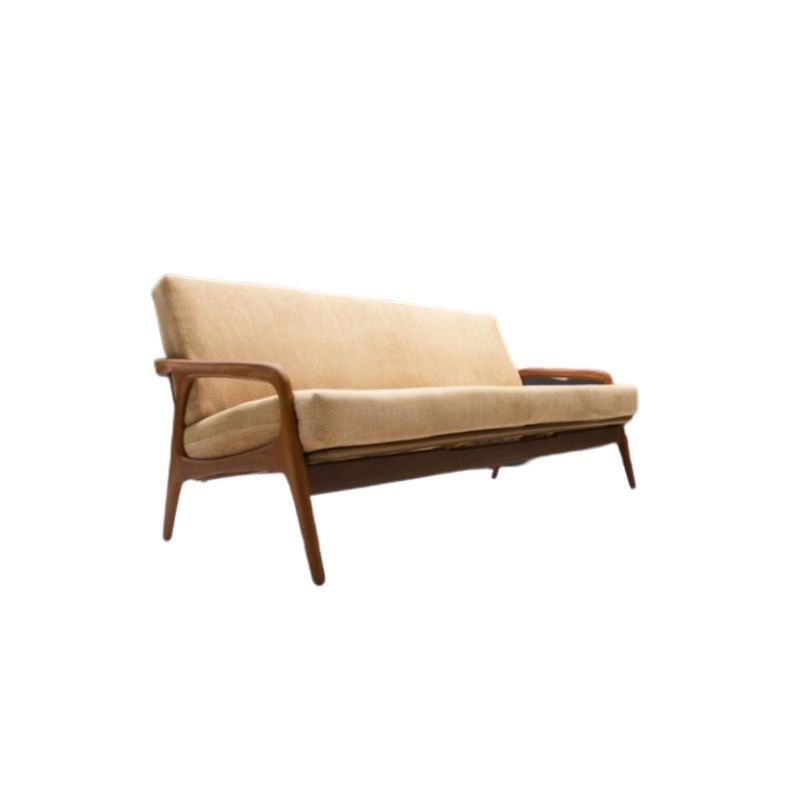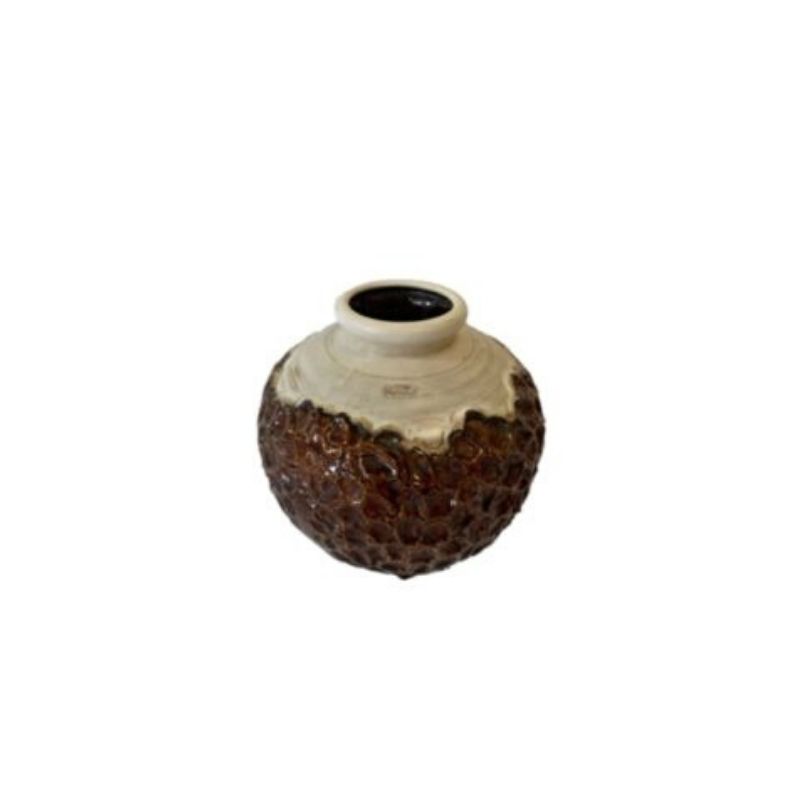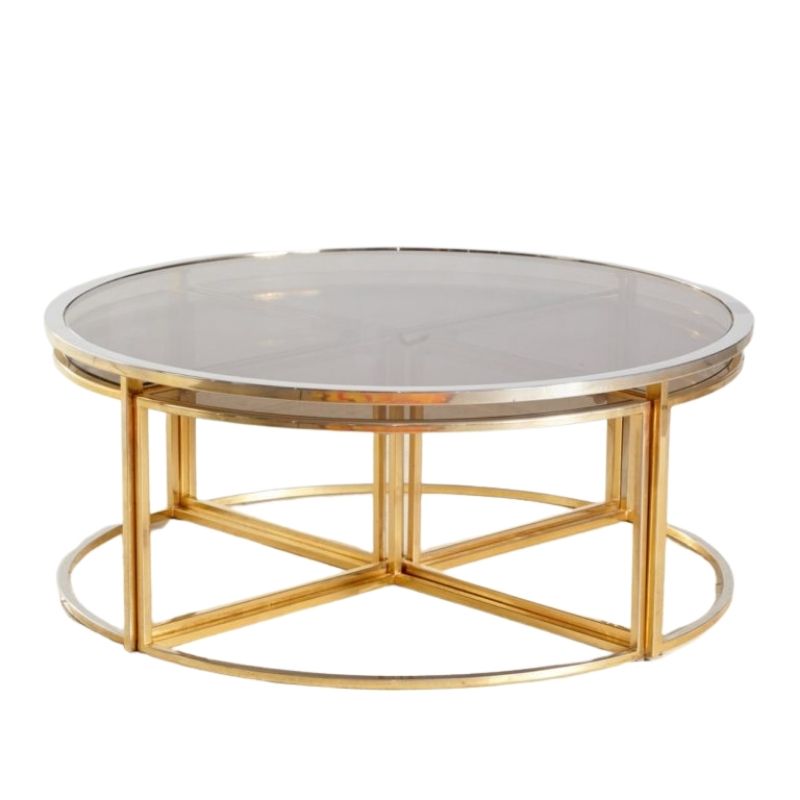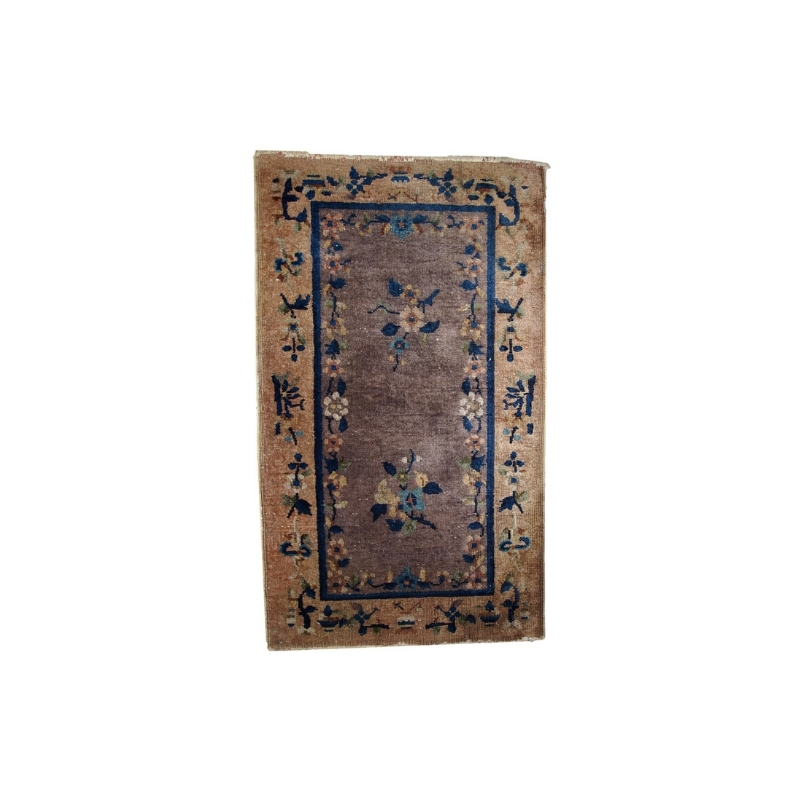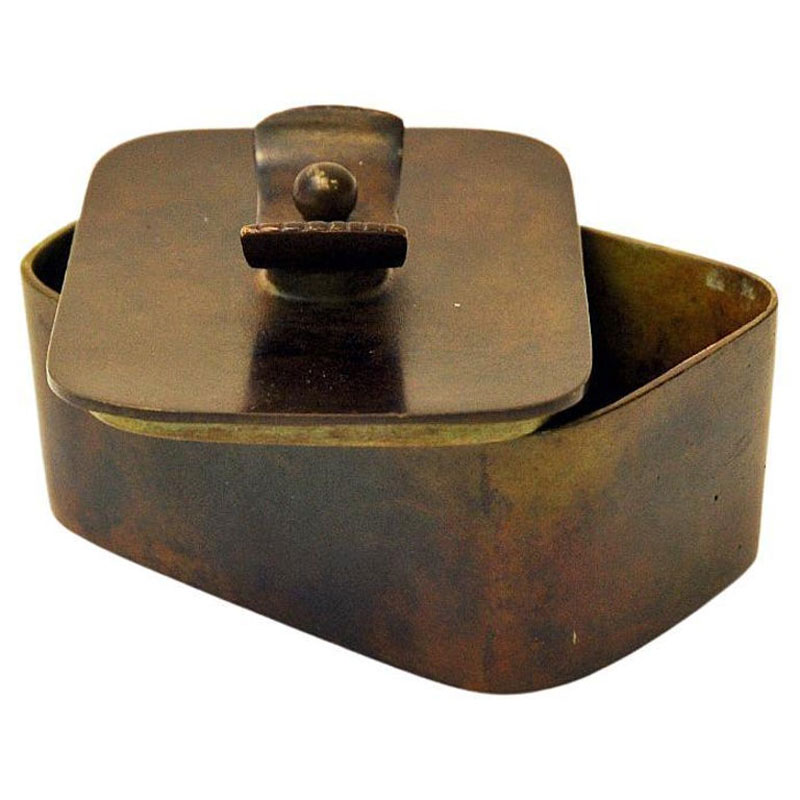could almost make me stop hating wooden furniture.
http://www.untothislast.co.uk/about.html  <img class="wpforo-default
<img class="wpforo-default
Overworked, bj?
Not by a human.
Stack-laminating plywood went through a popular phase back in the '70's in the US among some studio furniture makers for heavily sculpted forms. The logical culmination of this approach was possibly achieved by Gehry with his corrugated cardboard chairs made from recycled materials almost entirely by machine and entirely recyclable.
fstfwd, you hate wooden furniture?
Unto This Last
A fantastic shop, and, moreover, a fantastic concept IMHO. They sell direct to the consumer, with no middleman, cutting out packaging, transport costs etc., resulting in pretty low prices (somewhere between Ikea and Habitat). Their furniture is all made on the premises in London using a CNC router, and, in theory, this could be franchised all over the world, with each shop swapping digital files as they develop new designs, and each shop sourcing raw materials locally. They call this "digital craftsmanship" (because their MO is rather similar to that of craftsmen who sold direct, locally), and their name is a nod to William Morris.
Of course, this wouldn't be worth shit if their designs were crappy. Luckily, they're mostly very well thought-out and resolved (the lamp by Gregory Epps is particularly great).
Curious departure.
It seems to me that Ruskin and Morris both would blow chunks when one considers that these products are so inherently reliant on large-scale industrial mechanization.
I see little, if any, evidence of the human hand in the finished product. That may not be a bad thing, necessarily, but it is certainly antithetical to the philosophies of the founders and practitioners of the Arts and Crafts movement.
It may be
that the "handmade" element of the Morris [et al] creed was obsolete on the day it was born, because the development of machine methods of manufacture made it so. Frank Lloyd Wright was among those who, while expressing the same admiration of the tenets of the Arts and Crafts movement which we still celebrate today, made plain his conviction that to turn one's back on the advantages of labor-saving and of consistency and perfection of form-making which the "machine" made possible, was to fly in the face of common sense. His own work -- at least the woodworking component of it -- rigorously and consistently demonstrated that conviction, while his formal expression reflected the warm and humane territory so integral to an Arts and Crafts expression.
The "next step" in this evolution, namely the direct control of the machine via digital information, seems a logical and inevitable progression. People still make the decisions as to form; only the method has evolved.
"Large-scale" industrial methods are rapidly migrating to smaller-scale operations, I believe -- another inevitable step ?
Spot-on, SDR and Robert. It...
Spot-on, SDR and Robert. It was always one of the paradoxes of the Arts & Crafts movement that while they professed to want to create for everyone, their methods ensured that only the wealthy were able to afford their works. Thonet arguably put more well-designed furniture into the hands of 'ordinary' people than Morris, though Thonet's manufacturing methods were anathema to Morris. Thus, Unto This Last are upholding Morris's legacy in more ways than it might appear upon cursory examination, even if they eschew the dogma of hand-creation. And you couldn't in any way call this large-scale production. It's just one shop with a single router attached to a single computer. In other words, a tool. And even Morris didn't forswear tools.
I deliberately linked to their "About Us" page
rather than to their "Catalogue" page. Their products are appealing -- I particularly like the ones that look as though they were designed to be made from engineered composite materials rather than from natural composites -- but it was their manufacturing and business methods that I found most intriguing.
Tktoo: Yeah, I don't like wood much; I think I've mentioned that here before. The only all-wood items I own are some cooking spoons and cutting boards, and an LCW.
I am,
tktoo. What connection do you perceive, here ? Most of what I know of Niedecken et al is found in David A Hanks, "The Decorative Designs of Frank Lloyd Wright" (E P Dutton, New York, 1979).
I would propose that each case be seen in its own terms -- taken for what it claims to be, and not what for it doesn't. Is new machinery-dependent furniture better, worse, or simply different from Arts & Crafts work, either the hand-made or the production pieces ?
Come to that, isn't every piece of wooden furniture made, at least in part, by human hands ?
I don't have a personal bias
... for or against "hand" made or machine made objects. I only expect them to be honest and logical about their construction and material.
Likewise, I do not have a bias for or against any single material. Be it wood, metal, plastic, glass...
I just expect the material to be an honest and logical choice based on the program or objective of the designer. I can not imagine dismissing entire genres or categories based on something like material selection. I can easily see criticizing a choice of material based on a given design. But I can't see how a material would cause one to not see the inherent value of a particular design.
To me it would be like dismissing any piece of music that incorporated horns, or was percussion based. Or not considering photography fine are based on the medium. In my opinion, whether a design is a successful design or not does not depend on the material it is created from, but rather a combination of factors and considerations related to the design as a whole.
What's so great about wood?
Wood has adequate strength-to-weight, adequate toughness, adequate stiffness, adequate dimensional stability, and adequate durability. It's also incredibly abundant, harvestable by anyone with an ax, easy to work with hand tools, easy to fasten with adhesives or dowels or screws/nails/bolts, easy to stain or paint, easy to repair, and when you're done with it you can burn it to heat your house.
It's easy to see why we used to build everything out of it.
But look at what's been happening ever since alternatives to wood became available. Ships, automobiles, aircraft... bridges, water tanks, stadium seating... skis, surfboards, fishing rods... swivel chairs, radio and television cabinets... toys, violin bows, golf clubs... They all used to be made from wood, and now they're all made from something else. And we NEVER go in the other direction; I can't think of a single thing that was originally made from some other material and is now made from wood instead.
So... As cheap and plentiful -- and adequate -- as it is, wood is clearly not the best material [for an apparently nearly-universal definition of "best"] for very much. Except maybe the framework of small structures like houses, but even there it's probably going to be replaced in the not-so-distant future. Oh, and musical instruments.
Like Pegboard, I expect designers to make honest and logical -- and I'd add "efficient", too -- choices of materials, but the evidence all around us shows that hardly anyone thinks wood is the logical choice for ANYTHING. Its mechanical properties are inferior to those of metal alloys or the various plastics and composites, so almost anything built from it has to be visually and physically heavier, and that's rarely attractive. Imagine an Eames LTR with a wooden base -- Ugly, right?
With very few exceptions, the only areas where wood isn't being replaced are those where it's being used:
a) as a reminder of the past -- polished wooden inlays on the dashboards of luxury cars, "classic" boats, etc.
b) as easily-recognized evidence of the work that went into making an object -- handmade cabinetry, ornate carving, etc.
c) strictly because of its aesthetic value.
None of those reasons work for me, because:
a) If I want reminders of the past, I can get them from things that are actually old; I think faux retro-styled objects are lazy and slightly dishonest designs.
b) I can certainly appreciate the effort involved in creating a finely-crafted wooden object, but it's just as easy to see skill and dedication to craft by looking at cast aluminum, formed steel, or cut stone.
c) I just don't find wood all that attractive, and the more "woody" it is -- coarse grain, dark color, thick straight planks -- the less I like it. That's just my personal preference.
Damn, I wanted to explain why my feelings are (a little) different about Unto This Last's use of wood, but I'm too tired to write more tonight. Maybe tomorrow.
If you need any help, please contact us at – info@designaddict.com



